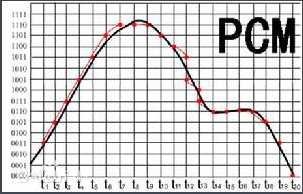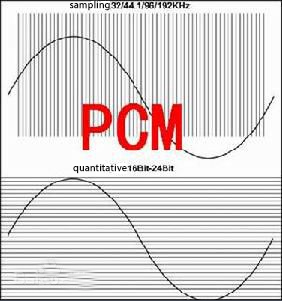What is a PCM Pulse Code Modulation?
(Pulse Code Modulation, PCM), in the year of 60s it began to application in the telephone network in the city to expand capacity, make the transmission capacity of most of existing core wire expand 24 ~ 48 times. In the early year of 80s , pulse code modulation is used in main local relay transmission and large capacity main transmission and digital program controlled switch, and used in the user's phone.

(Pulse code modulation)
In the optical fiber communication system, it is binary optical pulse "0" and "1" yard in the fiber transmission, it is produce by binary digital signal making the On and off modulation for the optical source. And it is produced that digital signal doing the sampling, quantization and coding to continuous change of analog signal, known as the PCM (Pulse code modulation), namely, Pulse code modulation. PCM have two standard E1 and T1 (form).

(Pulse code modulation coding)
Europe and Asia use the E1 standard. T1 rate is 1.544 Mbit/s, E1 rate is 2.048 Mbit/s. Pulse code modulation can provide the user with a variety of business, can provide digital data special business from 2M to 155M, voice, image transmission, remote education, and other business. Especially suitable for the user who has the high requirement of transfer rate, need higher bandwidth.

(Pulse code modulation E1 standard)
TAK’s related product: E1 PCM multiplexer

(E1 PCM multiplexer)


 Address: NO.220, Qiutao Road, HangzhouCity,Zhejiang Province, China
Address: NO.220, Qiutao Road, HangzhouCity,Zhejiang Province, China  Tel: 0086-571-28184719
Tel: 0086-571-28184719 Fax: 0086-571-28184719
Fax: 0086-571-28184719

